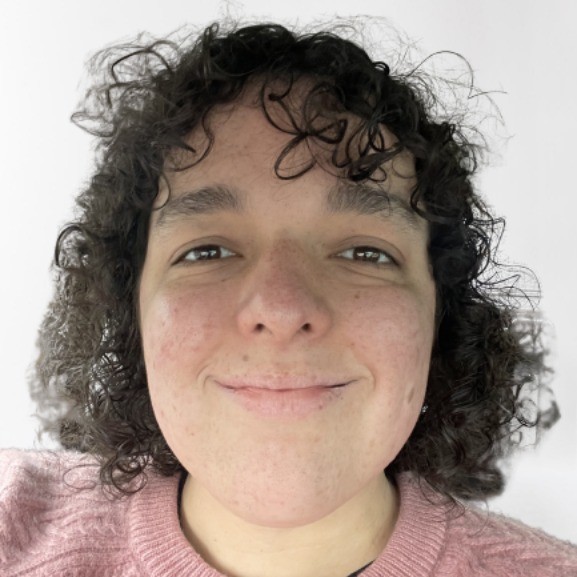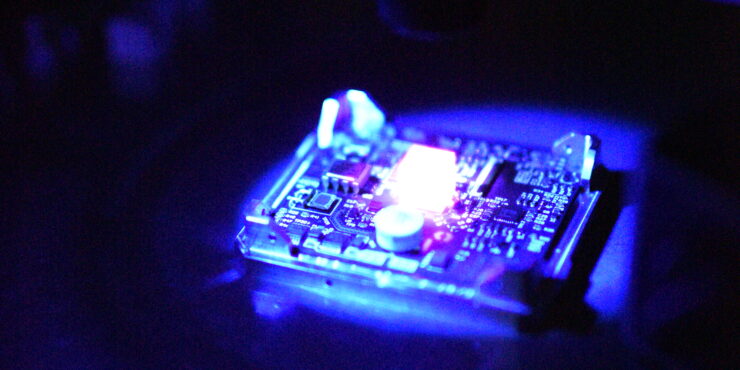The details
SSTC internships are for current Curtin undergraduate students who have both completed at least two semesters and also have at least two semesters remaining in their course. The internships will run in-person at Curtin University’s Perth campus over 12 weeks (10 weeks of work plus a 2-week break) between November 2025 and February 2026. The program is a summer research internship, not employment. The award to successful applicants is AUD$7500.
You must meet all of the following eligibility criteria:
- A current Curtin undergraduate student,
- At least two semesters of your degree completed,
- At least two semesters of your degree remaining, and
- Not previously held a paid SSTC or Binar Space Program summer internship.
Applications will be assessed on merit. This assessment will be based on:
- Academic performance and prior experience,
- Applicant motivation,
- Benefit to the applicant or program, and
- Applicant suitability for the projects available.
As a part of the program interns are expected to:
- Meet regularly with the project supervisors,
- Apply themselves to the project full-time for 10 weeks,
- Participate in SSTC outreach events during summer and
- Deliver an end of project presentation and report in addition to the project outputs listed below.
Conditions:
- Interns are required to comply with the terms and conditions of the award.
- Payments are contingent on satisfactory progress.
- Interns may be required to sign a project participation agreement which may include provisions regarding confidential information and intellectual property.
- Interns are required to submit a copy of all project materials and work at the conclusion of the internship.
Projects
The following projects are on offer across the 2025/26 summer.

Embedded Reinforcement Learning for Cooperative Control
Description: The objective of this project is to develop a distributed control system for Binar spacecraft using four STM32 microcontrollers to manage a multi-resistor heater circuit. Each microcontroller will act as an autonomous agent, using multi-agent reinforcement learning (MARL) algorithms to optimise communication, temperature regulation, and memory across the system whilst having a limited action space. The project explores how coordinated learning and decision-making in embedded agents can enable fault-tolerant control of physical systems without a specific device acting as the system controller or a specific hardened voting circuit.
Outputs: The project will potentially involve custom Python MARL environment creation, Python to C model parsing, model to STM32 injection, and testing of thermal control strategies.
Suited to: an applicant with some microcontroller or RTOS embedded systems programming experience, an interest in reinforcement learning, and some familiarity with control systems and electronics.
Supervisors: Will Blackie and Dr Robert Howie

Tracking the Movement of Oil and Gas Pipelines from Space
Description: The Binar Space Program has been engaging with a local design, build, and technology firm, Petritek, to explore satellite-based solutions to challenges experienced in the Perth community and vast industry. An area of interest identified was the tracking of Oil and Gas pipelines from space. In this project the student will explore the potential for tracking the movement of coloured pipelines underwater and determine if it is feasible to observe the pipelines from space. If a suitable solution is identified, the student will have the opportunity to begin developing and test the tracking system in collaboration with Petritek and the Binar Space Program.
Outputs: Literature review and potential technology development.
Suited to: A Mechatronics/Computer Science student with interest in image feature detection algorithms.
Supervisors: Dr Fergus Downey and Dr Eriita Jones

Fireball Detection and Characterisation Using Light Curve Analysis
Description: This project aims to develop an automated system for the detection and classification of fireballs using light curve data and associated attributes. By analysing features such as light curve duration, direction index, pixel displacement, and size, we will train machine learning models to distinguish genuine fireball events from other transient phenomena. Furthermore, we will explore the variability within fireball light curves to identify and characterize different types of fireballs, potentially revealing insights into their composition, velocity, and atmospheric interactions.
Outputs: Working code to analyse light curve. Brief oral presentation on work.
Suited to: Computing student with an interest in analysis of astronomical data.
Supervisors: Dale Giancono and Dr Hadrien Devillepoix

Transient events classification to identify daytime fireballs
Description: The Desert Fireball Network has been observing large shooting stars (fireball) at night time for nearly 10 years. 4 years ago it started also recording video data during the day. It is expected that once in a while a fireball will be visible during the day, however one issue is the number of false positives present amongst the detections. The student will look at fireball camera video clips (this is data nobody has looked at before), develop methods to classify the transients that have been recorded, and possibly identify some of these rare daytime fireballs!
Outputs: Proof of concept code and a report.
Suited to: Computing/science student with an interest in analysis of fireball data.
Supervisor: Dr Hadrien Devillepoix

Deconvolution algorithms to enhance data from wide-angle optical systems
Description: This project will investigate the application of deconvolution algorithms to enhance data from wide-angle optical systems used for fireball observation. While advantageous for monitoring large sky areas, these systems often suffer from optical aberrations, particularly towards the periphery of the field of view, which can degrade the precision of positional measurements. This research will focus on developing and evaluating computational techniques to correct for these image distortions, with the ultimate goal of leveraging the improved astrometric data to increase the accuracy of fireball trajectory and orbit calculations.
Outputs: Proof of concept code and a report.
Suited to: Computing/science student.
Supervisors: Dr Hadrien Devillepoix, Dale Giancono, Dr Robert Howie

STM32 Based In-Flight Telemetry Radio for Small Rockets
Description: This project aims to use a STMicroelectronics wireless microcontroller, in the sub-GHz or 2.4 GHz band, to return data from equipment flying on BinarX outreach rockets. This will allow the visualisation of in flight data in real time and the execution of basic telecommands. The application may extend to high altitude balloon payloads as well.
Outputs: Circuit board design, coding, documentation.
Suited to: an applicant with an interest in radiocommunications and some previous experience in electronic circuits and microcontroller programming.
Supervisors: Dr Robert Howie, Meg Berry, Dr Eriita Jones

This internship offered me the opportunity to collaborate with and learn from some of Western Australia’s leaders in the space industry.
Rayaan Atif, 2025 Summer Research Intern

This internship has been an amazing opportunity for me to learn industry skills and gain so much knowledge around space that I wouldn’t have gained before.
Athena Galbraith, 2024 Summer Research Intern

